The Physics of Haunted Houses: How Sound and Lighting Play Tricks on Your Brain
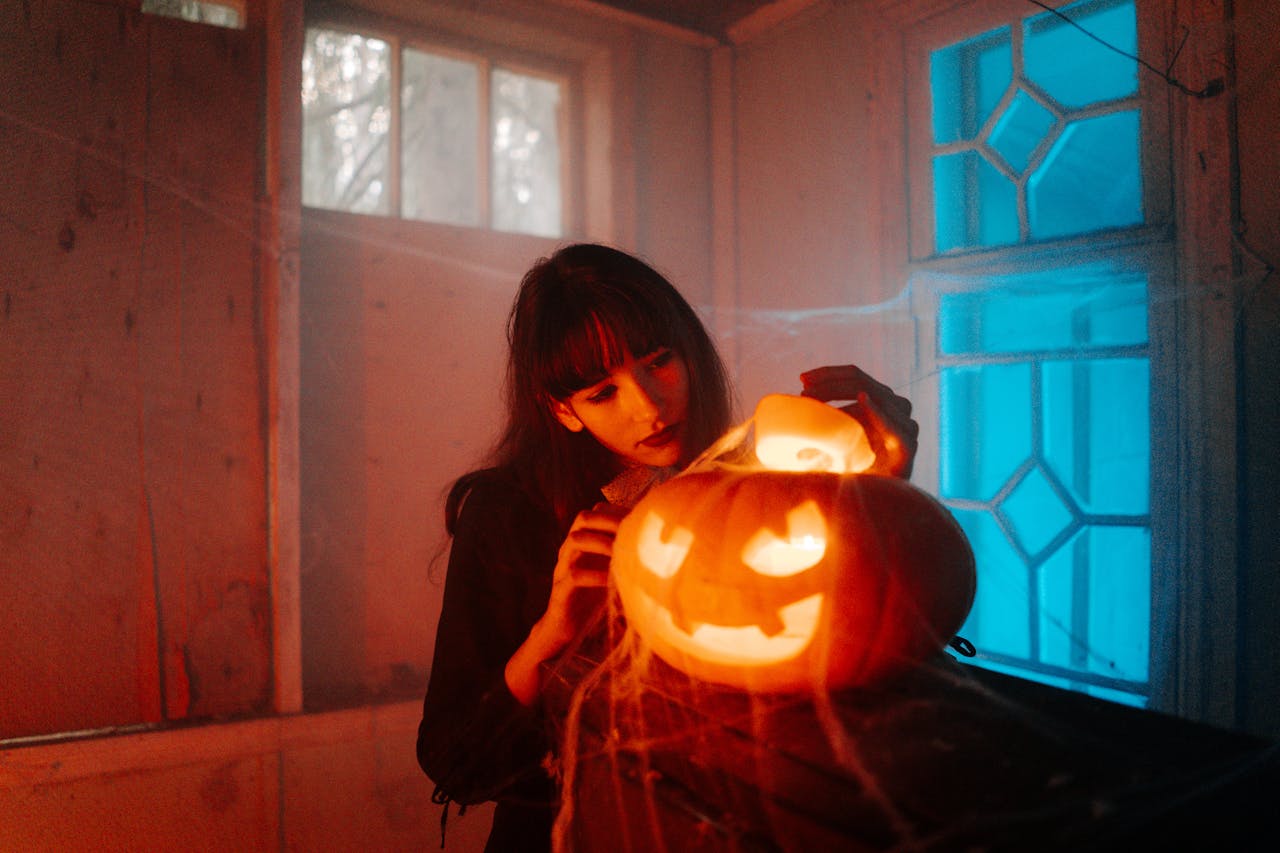
Haunted houses are a staple of the Halloween season, designed to elicit thrills and chills. From eerie soundscapes to flickering lights, these attractions create a unique blend of sensory experiences that can make even the bravest individuals jump in fright. But what’s happening behind the scenes? The physics of sound and light play pivotal roles in crafting the perfect haunted atmosphere, manipulating our perceptions and emotions. In this article, we’ll delve into the eight key elements that highlight how sound and lighting tricks our brains and contribute to the spine-tingling experiences of haunted houses.
1. The Power of Sound Frequencies
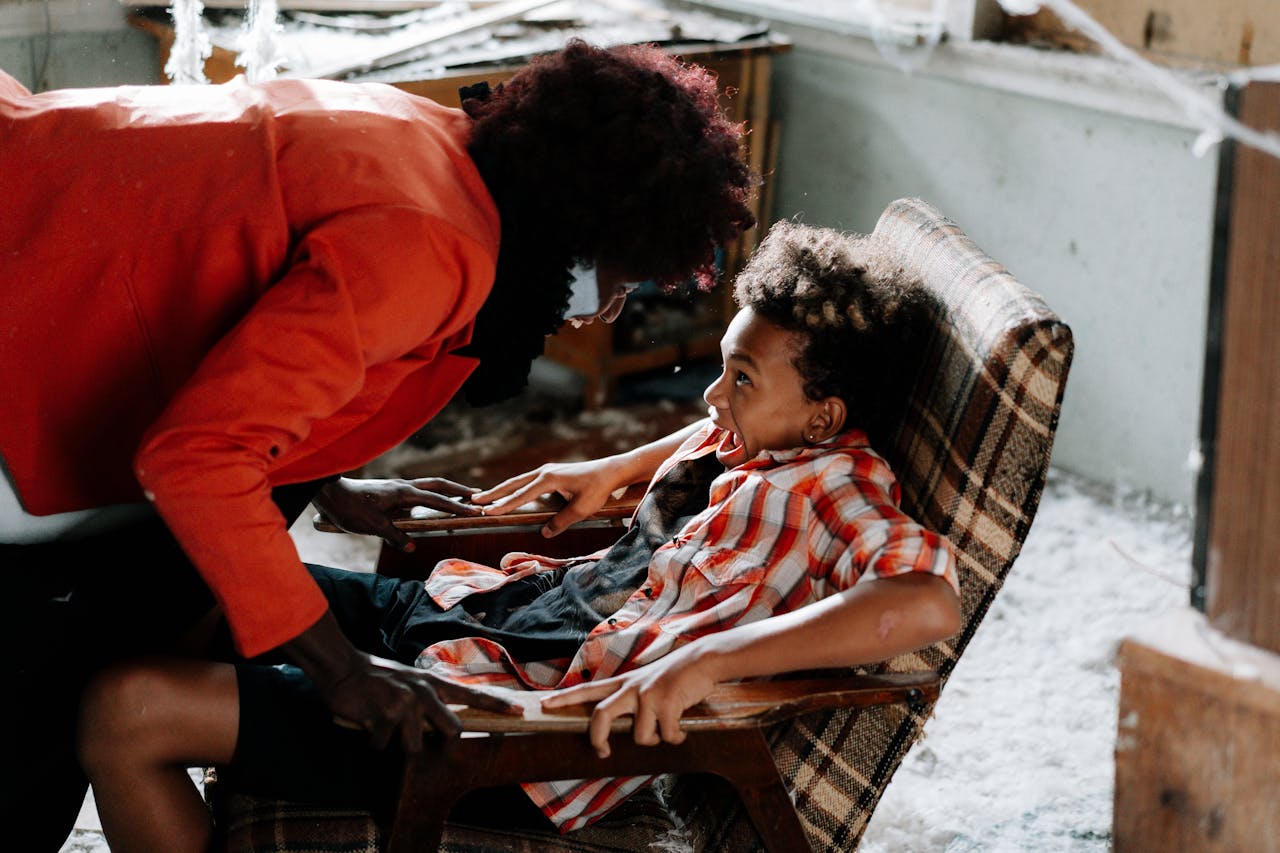
Sound is a crucial component in creating the eerie ambiance of haunted houses. Low-frequency sounds, particularly those below 20 Hz, can cause physical sensations that evoke fear and unease. These sounds are often imperceptible to the human ear but can be felt as vibrations, leading to feelings of anxiety and discomfort. This phenomenon, known as infrasound, can be created through mechanical equipment, such as fans or motors, used in haunted house attractions. When combined with sudden loud noises, these low frequencies can create a disorienting experience that heightens the emotional response of visitors.
2. Psychological Effects of Unexpected Sounds
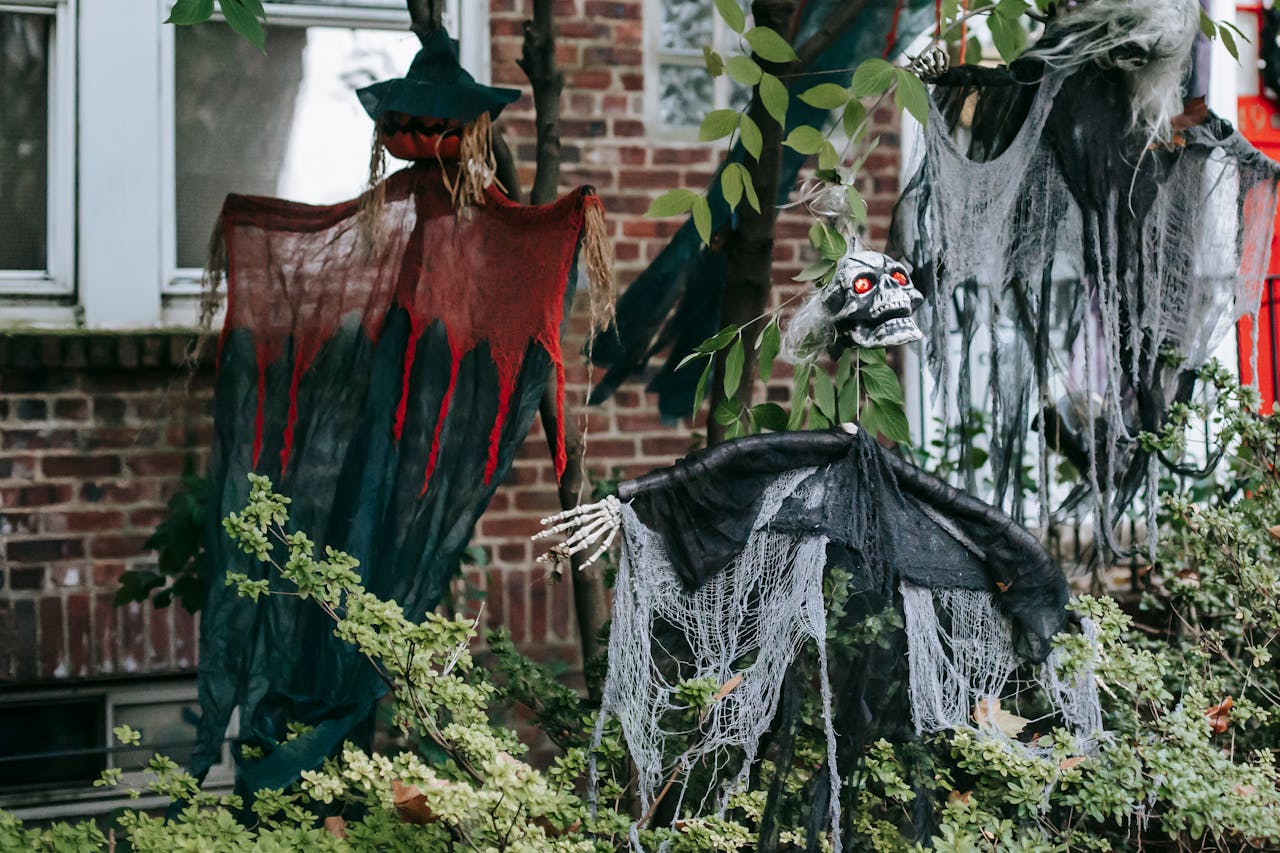
The element of surprise is integral to the haunted house experience, and sound plays a critical role in this. Sudden, unexpected noises, such as screams, rattling chains, or creaking doors, can trigger the brain’s fight-or-flight response. This instinctual reaction prepares the body for danger, increasing heart rates and adrenaline levels. Additionally, familiar sounds that are distorted or manipulated can produce a sense of unease. For example, the sound of children laughing or whispering in a haunted context can evoke feelings of dread. These auditory cues are strategically placed throughout haunted houses to manipulate visitors’ emotions and maintain a heightened sense of fear.
3. Lighting and Shadows: Creating a Sense of Dread
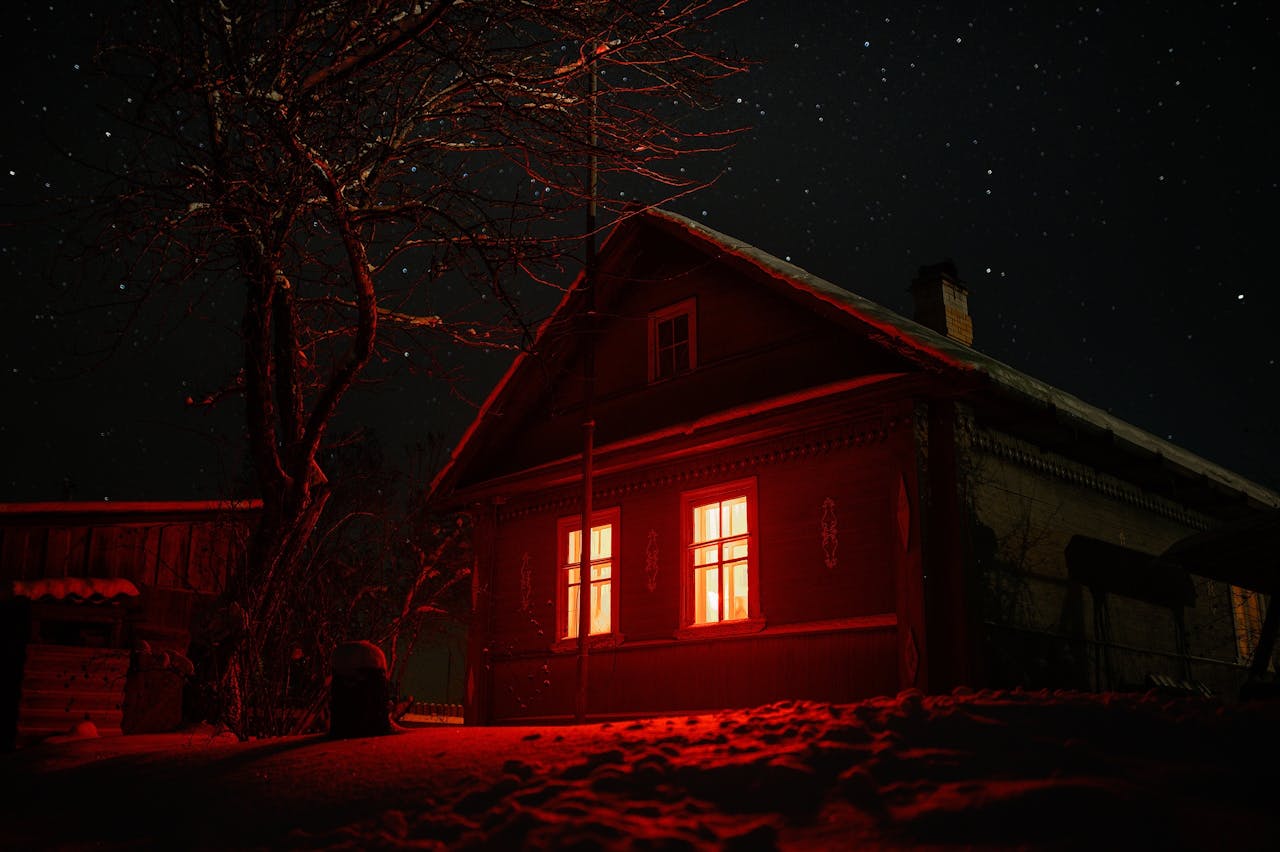
Lighting is another essential element that contributes to the eerie atmosphere of haunted houses. Dim lighting and strategic shadow placement can create an unsettling environment. When visibility is limited, the brain struggles to interpret shapes and movements, leading to increased anxiety and tension. Haunted houses often use flickering lights or strobe effects to disorient visitors further. This type of lighting can distort the perception of time and space, making it difficult to anticipate what may come next. The combination of shadows and low light creates an atmosphere ripe for fear, enhancing the overall experience.
4. Color Psychology in Haunted Houses
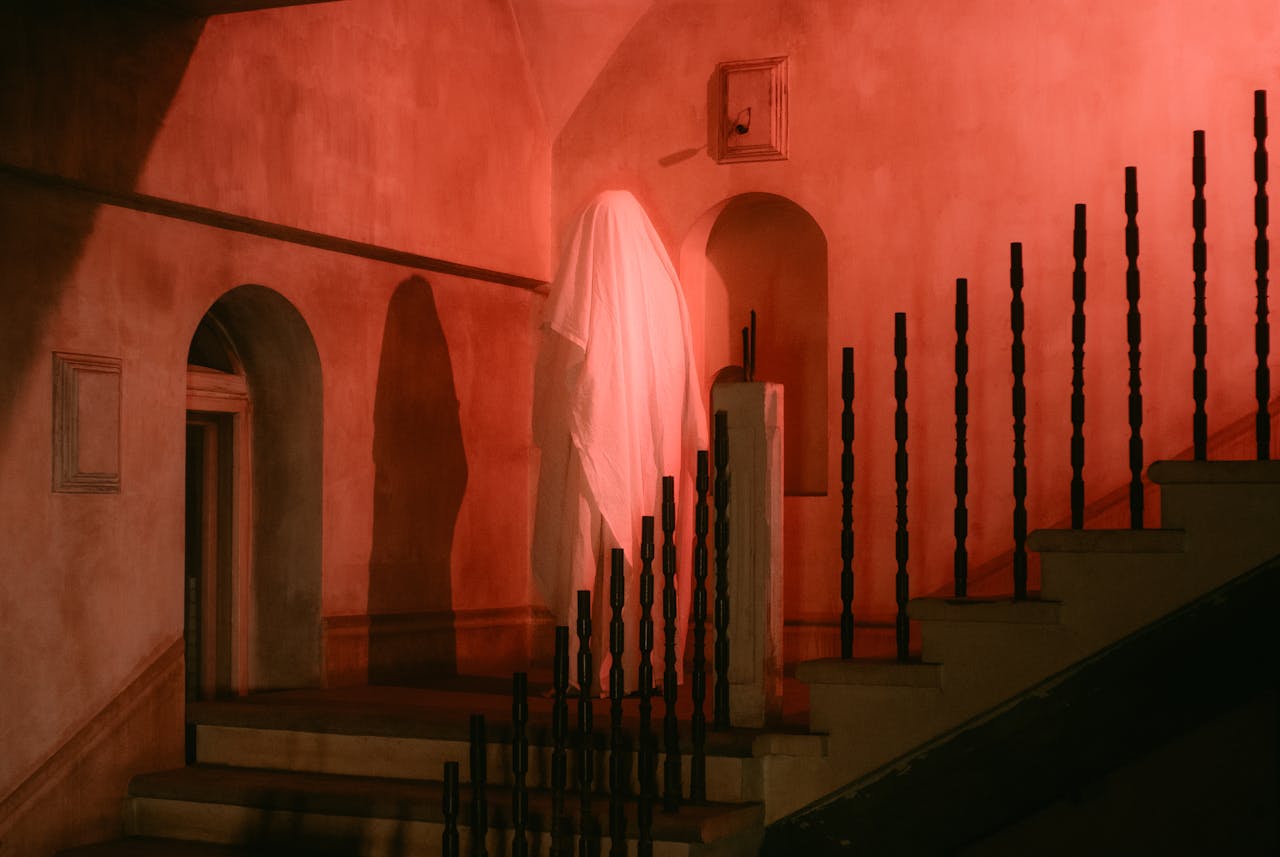
The colors used in haunted houses also play a significant role in shaping visitors’ emotions and perceptions. Dark colors, such as black, deep red, and dark purple, are often associated with fear and death. Conversely, sickly green or yellow tones can evoke feelings of nausea or discomfort. Haunted houses frequently employ color psychology to enhance the emotional impact of their themes. For instance, using red lighting to illuminate a “bloody” scene can intensify feelings of horror, while blue lighting may evoke a sense of coldness or isolation. By understanding the psychological effects of color, haunted house designers can create a more immersive experience that resonates with visitors.
5. The Role of Acoustics in Haunted Design
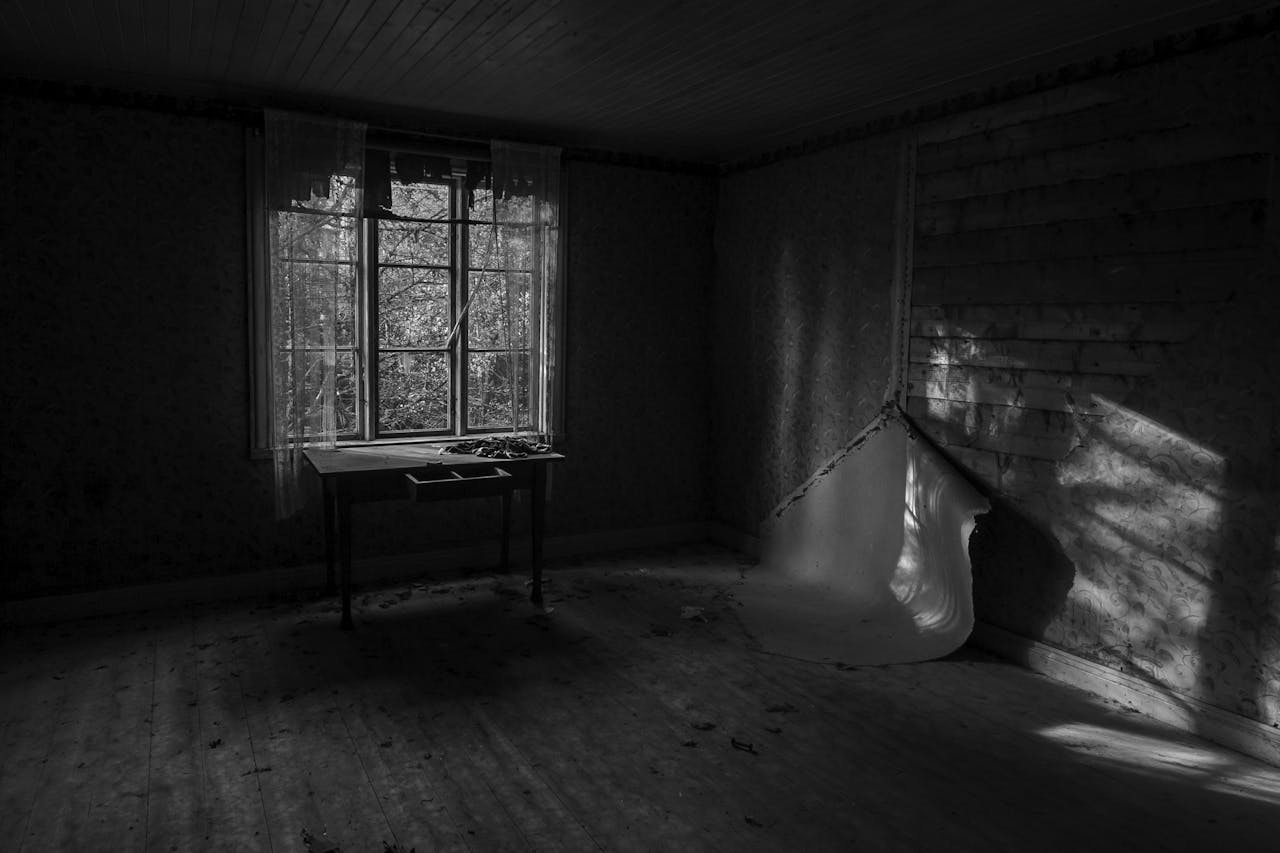
Acoustic design is a critical aspect of crafting a haunting environment. The way sound waves travel and interact within a space can significantly impact how visitors perceive audio cues. Designers often consider room shape, size, and materials to manipulate sound quality. For instance, hard surfaces can amplify echoes, creating a disorienting effect. Additionally, soundscapes may be layered to simulate a complex environment filled with whispers, distant screams, and ambient noises. This multi-dimensional audio experience enhances immersion, making visitors feel as though they are truly in a haunted location. By paying attention to acoustics, designers can further enhance the psychological impact of sound.
6. The Use of Technology: Enhancing Fear Factor
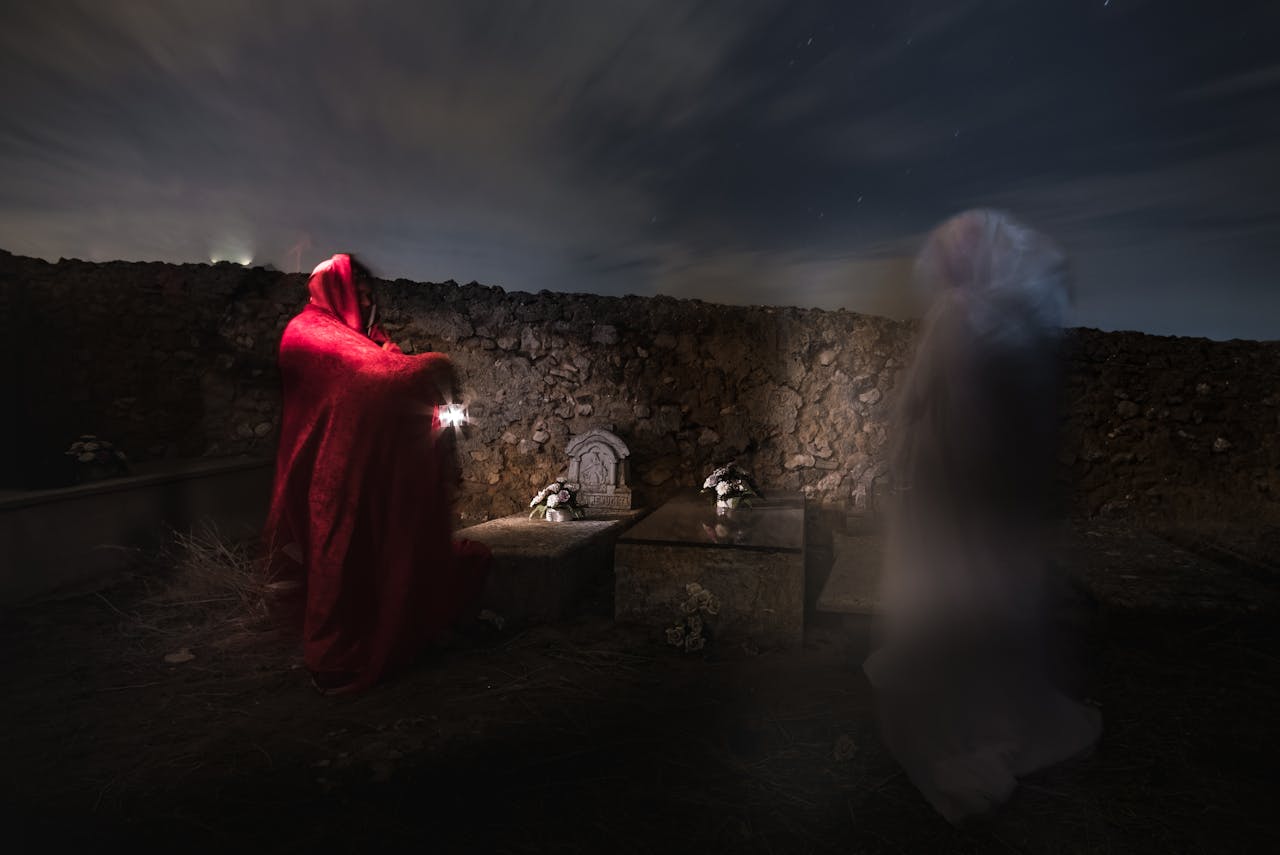
Advancements in technology have revolutionized haunted house experiences, allowing for more sophisticated sound and lighting effects. Motion sensors, programmable lighting, and high-quality sound systems can create dynamic environments that respond to visitors’ movements. For instance, a sudden change in lighting intensity or sound volume can trigger a jump scare, heightening the thrill. Additionally, projection mapping technology can create realistic illusions that transform static scenes into frightening spectacles. These innovations enable haunted houses to create more immersive experiences, drawing visitors deeper into the narrative and increasing the overall sense of fear and excitement.
7. The Psychological Trickery of Anticipation
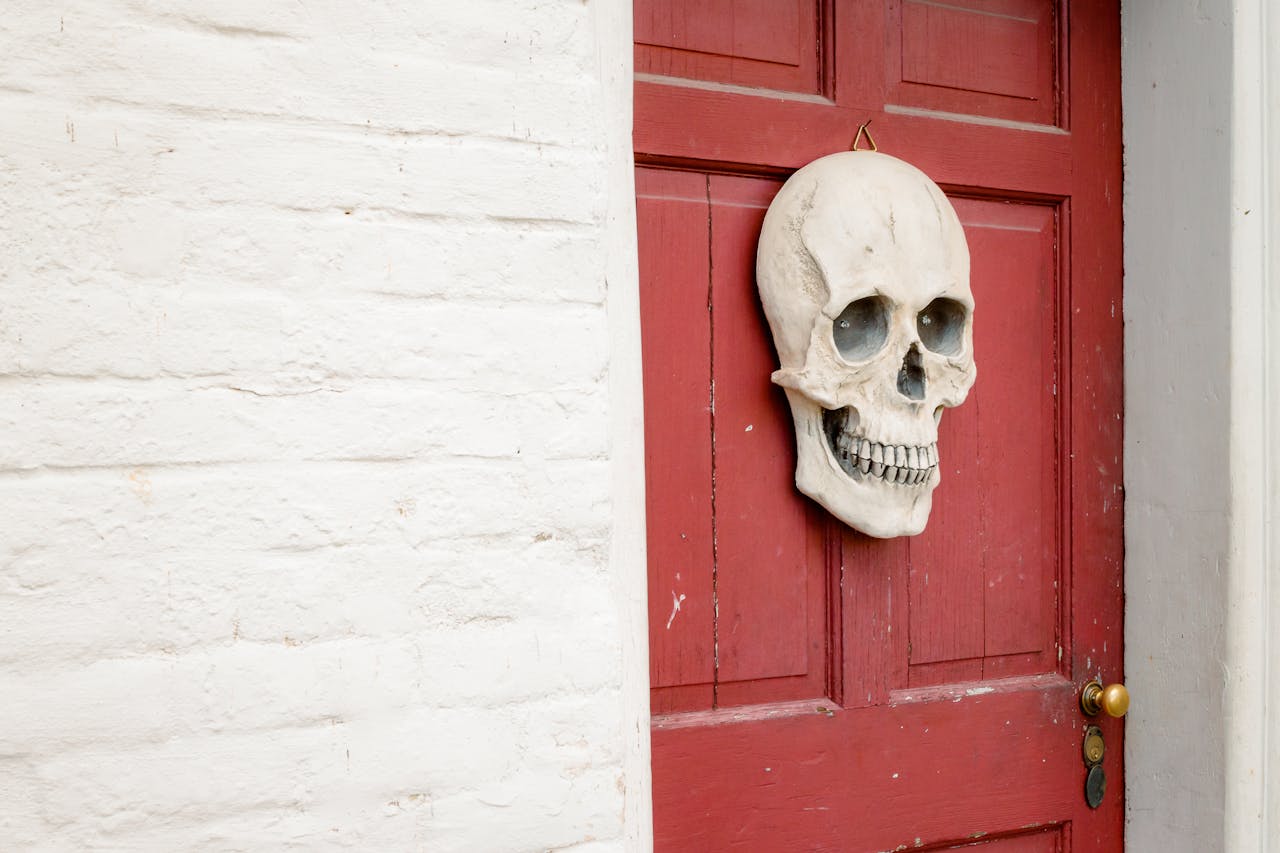
Anticipation is a powerful psychological tool in the context of haunted houses. The human brain is wired to expect certain outcomes based on sensory cues, and haunted houses exploit this tendency to create fear. For instance, visitors may hear a distant scream or the sound of footsteps, prompting their minds to conjure images of what might be lurking in the shadows. This sense of expectation can be more frightening than the actual scare, as the brain fills in the gaps with its worst fears. By carefully pacing the reveal of scares and building tension through sound and lighting, haunted houses keep visitors on edge, enhancing the overall experience.
8. The Aftereffects: Lasting Impressions
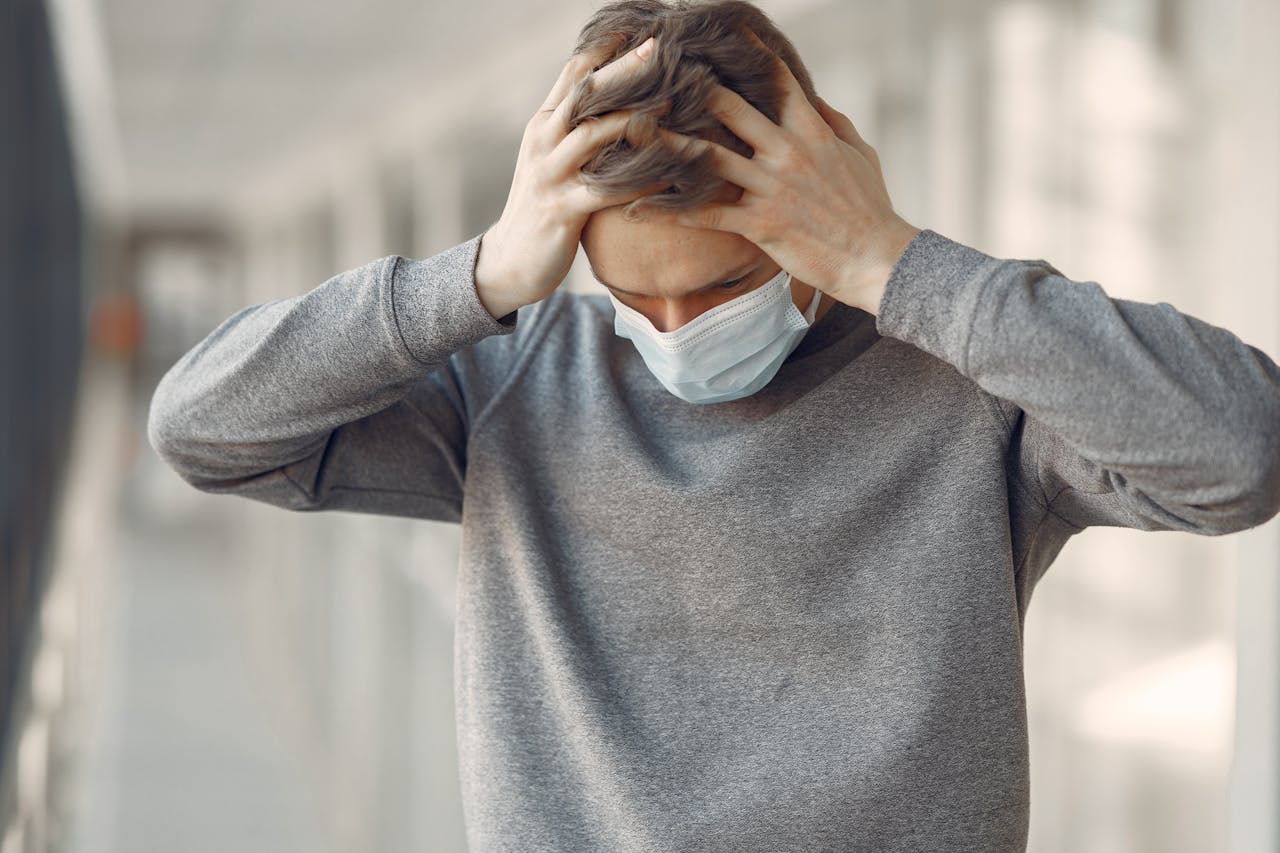
The psychological effects of haunted houses can extend long after the experience is over. The combination of fear, surprise, and sensory overload can create lasting memories that influence how individuals perceive similar environments in the future. Studies have shown that experiences in haunted houses can lead to heightened sensitivity to certain stimuli, making individuals more susceptible to fear responses in everyday life. This phenomenon highlights the power of sound and lighting in shaping emotional responses and memory. By understanding these aftereffects, designers can create more impactful experiences that resonate with visitors long after they leave the haunted house.
Final Thoughts
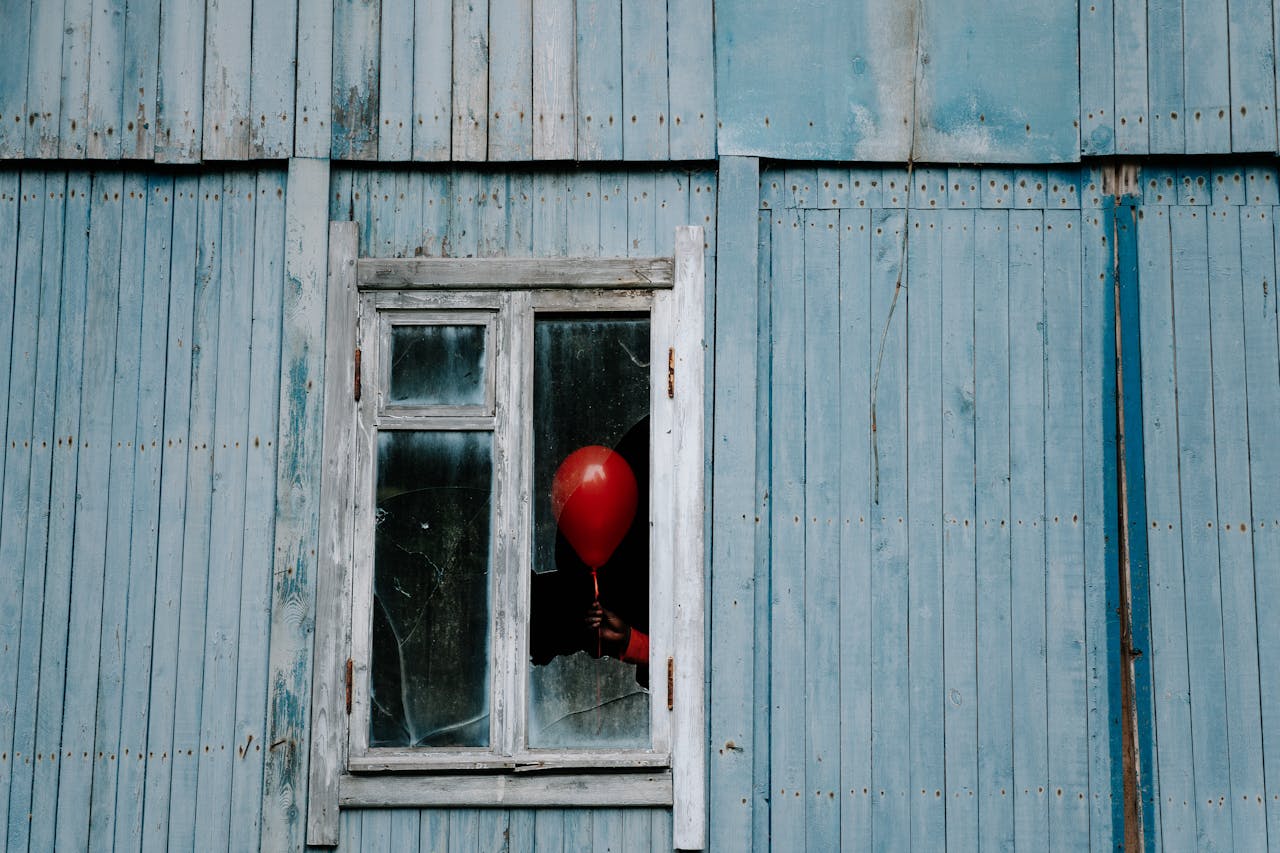
The physics of sound and lighting in haunted houses demonstrates how these elements can manipulate our perceptions and evoke powerful emotional responses. From the unsettling effects of infrasound to the strategic use of lighting and color psychology, each aspect contributes to crafting a memorable experience that leaves visitors both terrified and exhilarated. Understanding the science behind these attractions not only deepens our appreciation for the artistry involved but also highlights the psychological tricks that keep us coming back for more. So, the next time you venture into a haunted house, take a moment to consider the clever design choices that heighten the thrill and evoke the spine-chilling sensations we crave during the spooky season.
Leave a Reply